Advertisement
An up-close look at a lifetime of broken bones across generations
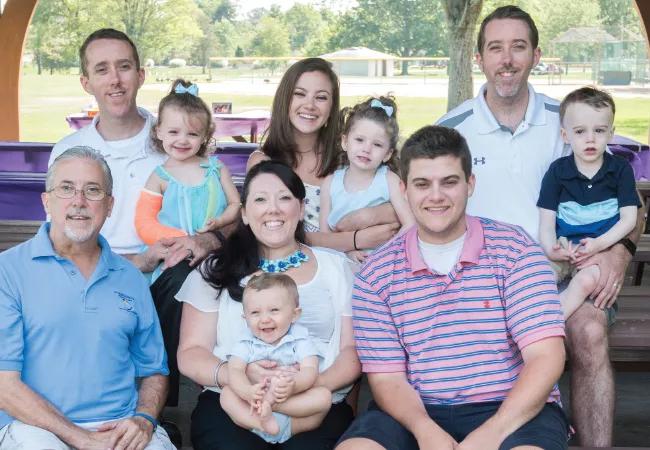
Brittle bone disease, or osteogenesis imperfecta, affects 13 living members of Mark Wagner’s extended family, including 60-year-old Mark and his two adult children, Brendan and Elizabeth.
Advertisement
Cleveland Clinic is a non-profit academic medical center. Advertising on our site helps support our mission. We do not endorse non-Cleveland Clinic products or services. Policy
For Mark, an IT consultant for NASA who lives outside Cleveland, osteogenesis imperfecta has meant a lifetime of broken bones across generations — first in his father, then in himself and then in his kids. For reasons detailed in this companion Consult QD story, bones can break from incidents that would seem trivial to those with normal bones, such as tripping.
“You’re always waiting for that phone call saying that somebody’s hurt and you have to get to the emergency room,” Mark says.
His mother kept track of all his broken bones, and he found the list after she passed away. The current tally? 88.
For son Brendan, a college sophomore, it’s at least 25. For Elizabeth, a college senior, it’s 19.
Sometimes it’s just a finger or a toe, but often it’s more severe. For example, Mark’s great niece, a toddler, recently had to have surgery to repair a double fracture in her forearm.
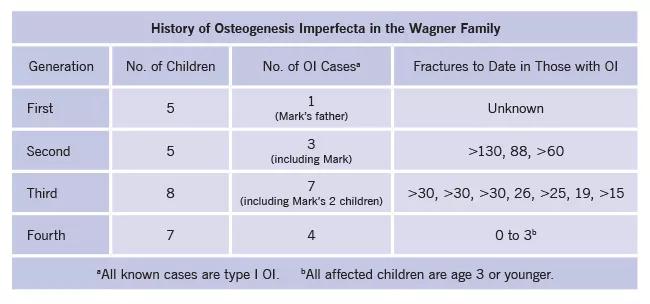
Despite these challenges, the Wagners consider themselves lucky as far as osteogenesis imperfecta patients go. They have the mildest and most common form of the disease (type I), so their most significant limitations have been restrictions from playing contact sports such as soccer and football.
Advertisement
“We’ve been able to play sports like baseball and softball,” Mark notes. “Elizabeth played tennis in high school and was on the crew team. And I played volleyball for many years.”
But with osteogenesis imperfecta, broken bones can happen anytime. That’s why the Wagners appreciate the preventive-care approach taken by Cleveland Clinic rheumatologist Chad Deal, MD, who has used a variety of osteoporosis medications to strengthen their bones, including IV bisphosphonate therapy, the anabolic agent teriparatide and the monoclonal antibody denosumab.
“In addition to the great medical care we get from Cleveland Clinic, we do a lot of walking and follow a good diet, so we’re able to lead normal lives with a few adjustments,” Mark says.
If there’ s one message the Wagners have for providers caring for patients with osteogenesis imperfecta, it’s to advocate for access to the full range of osteoporosis medications despite some resistance from payers.
“To the insurance companies, it’s a broken bone and they just want to treat that,” Mark says. “But if you can work on bone density and strength, over the long haul it’s cost-effective because it’s cheaper to prevent the next broken bone than to treat it.”
Mark’s father, William, now deceased, never received any such treatments. He broke many bones, and his parents made him stay home for much of his youth.
“My father was bitter about his childhood,” Mark says. “He didn’t know he had a hereditary condition that affects 50 percent of family members. When his kids started to develop it, it affected him a lot.”
As a father himself, Mark understands and is thankful his children receive better care. “Watching your kids break bones, you know how the pain is. It’s like watching yourself grow up all over again.”
His kids know that any child born to a parent with osteogenesis imperfecta has a 50 percent chance of having the disease, but they don’t plan to let it deter them from parenthood. “This is just something I’ve always dealt with, and I’m sure my future kids would be able to too,” Brendan says.
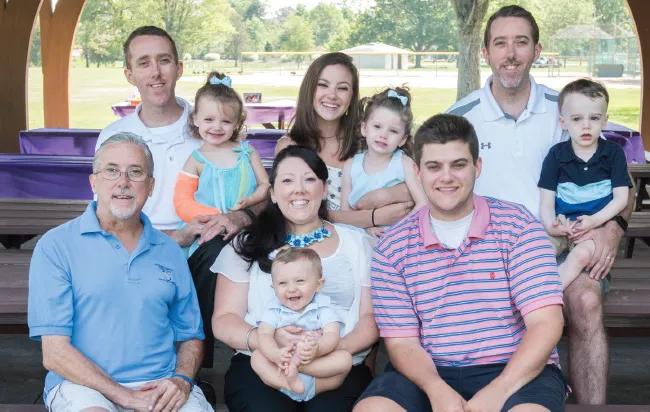
Ten of the 13 members of the extended Wagner family who have osteogenesis imperfecta. Bottom row, left to right: Mark Wagner, Moira Johnston, Declan Johnston (in Moira’s lap), Brendan Wagner. Top row, left to right: Kevin Wagner, MacKenzie Wagner (note the orange cast on her arm), Elizabeth Wagner, Makayla Johnston, Ryan Wagner, Mason Wagner. The three other affected living family members not depicted here are David Wagner Sr. (60+ broken bones to date), David Wagner Jr. (30+ broken bones) and Danielle Wagner (30+ broken bones).
Advertisement
Advertisement

The many factors that influence 25(OH)D levels add complexity to questions about hypovitaminosis D
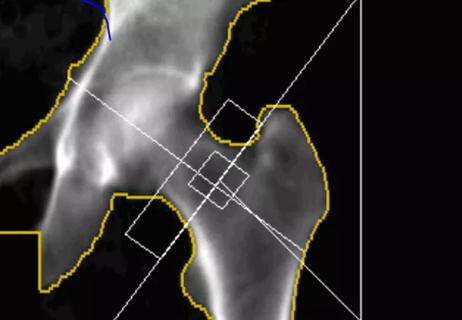
Benefit/AFF risk ratio favors 3–5 years of treatment
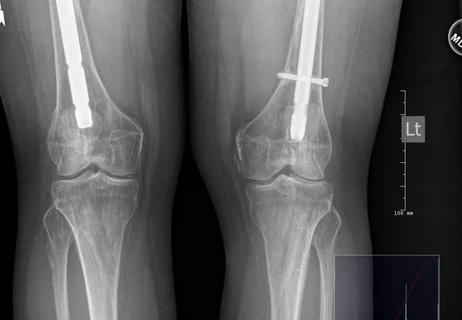
A case study from Chad Deal, MD, illustrates how patients may present
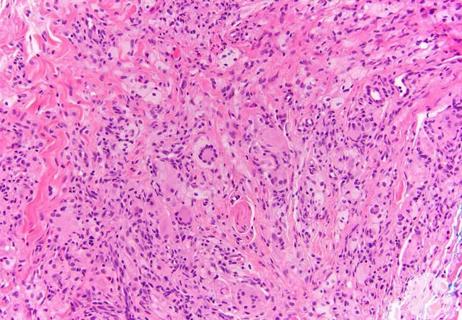
Puzzling constellation of findings lead to CT-guided bone biopsy
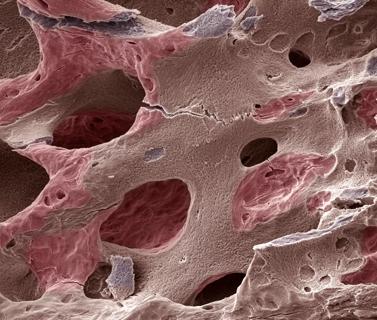
If denosumab is stopped, it should be replaced with another osteoporosis treatment

Dual-acting drug increases bone formation while decreasing resorption

Metabolic bone disease expert weighs evidence

Beyond bisphosphonates